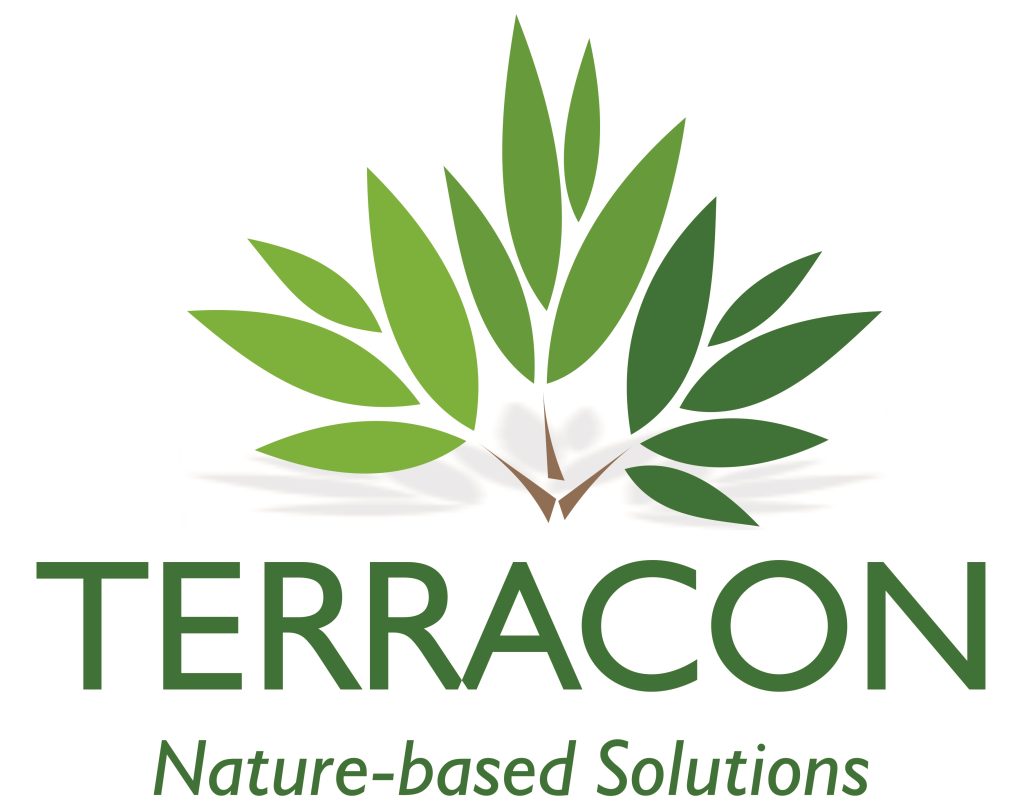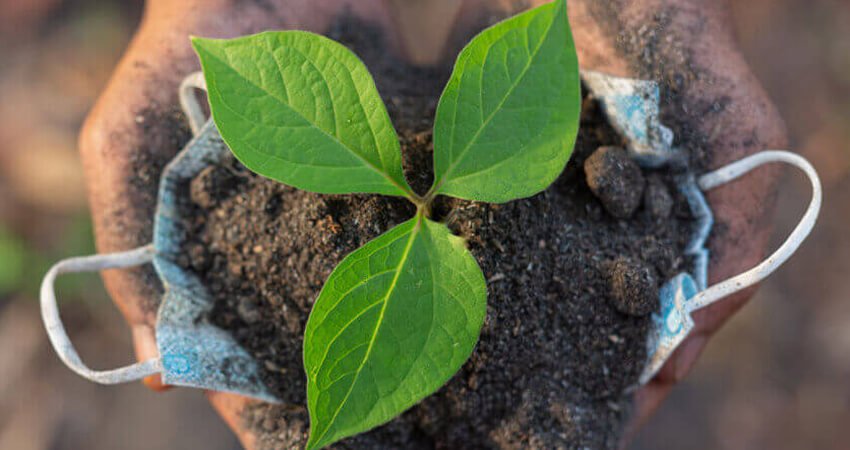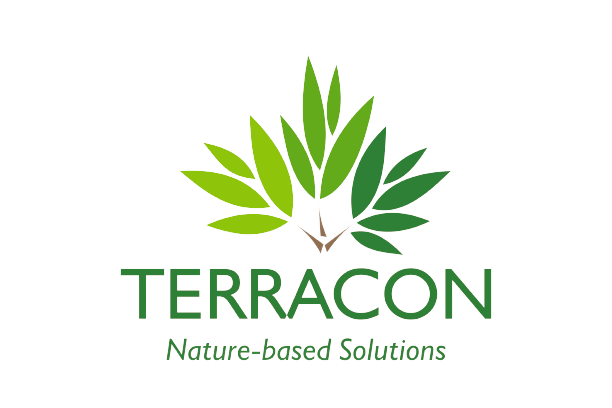What is Blue Economy?
Blue Economy addresses the economic development revolving around the marine ecosystems that anchor local livelihoods and foster systemic resilience towards global challenges like climate change, poverty, waste management and harnessing marine-
related technologies. According to the World Bank 1 , the blue economy is the “sustainable use of ocean resources for economic growth, improved livelihoods, and jobs while preserving the health of the ocean ecosystem”.
How is it related to Sustainable Development Goals?
The UN Sustainable Development Goal 14 “Life Below Water” implies that economic development is inclusive and environmentally sound and balances multiple dimensions of socio-economic growth in a very intrusive way without disturbing existing biodiversity 2 . SDG 14 can be achieved by working on societal challenges, improving framework policies on environmental planning, and gradually assessing coastal management tasks based on climate change and biodiversity strategies.
Why Blue economy is crucial to food security and combat impoverishment?
The fishes & aquaculture products are the most traded commodities worldwide, estimated to generate revenue of around $3 trillion by 2030 3 . In an emerging scenario, expanding the food production from the sea and ocean is being viewed as a pathway
toward sustainable and better human diets. However, this potential is being eclipsed by contending uses of sea resources in a speeding up concept of “blue economy.” The flow accentuation on fisheries production growth has suggested three unexamined or flawed presumptions about development in the blue economy. It is said that blue economy development will prompt development in “blue food” creation, unavoidably prompt nourished food security, and supplant mariculture as depicted in Figure 1 . The fishery sector generates extensive employment opportunities on a small scale and large scale. In this way, fisheries, and aquaculture (marine and inland) are a good source not just of health but wealth too. The blue economy market aims to feed 9.6 billion people by 2050, therefore, playing a significant role in the fight against hunger and poverty 4 by efficiently implementing renewable energy, aquaculture demand,
1 https://www.worldbank.org
2 Griggs, D., Stafford-Smith, M., Gaffney, O. et al. (2013). Sustainable development goals for people and the
planet. Nature 495, 305–307. https://doi.org/10.1038/495305a
3 https://home.kpmg/xx/en/home/insights/2021/05/you-cant-go-green-without-blue.html
4 Hughes AD (2021) Defining Nature-Based Solutions Within the Blue Economy: The Example of Aquaculture.
Front. Mar. Sci. 8:711443. https://doi.org/10.3389/fmars.2021.711443
biodiversity, SDGs, and policy frameworks. This can be achieved by promoting sustainable use of waters and bioeconomy by using more underutilized fish biomass in food products, clarifying the operational preconditions of fish farming practices, and
increasing the processing of manure. Moreover, the good status of the water resources should be closely monitored by regulatory bodies to maintain ecosystem services.

How Blue economy unlock the Challenges in Oceanic sustainability?
The majority of the coastal countries confront specific difficulties in doing routine business, such as overfishing or unsustainable fishing practices that lead to swift exhaustion of resources, which consequently eliminates the livelihood options for the related community. Moreover, the difficulties a blue economy would now confront are contamination, loss of natural environment and biodiversity, and associated crimes, besides prominent geo-political issues, and threats.
Further, the blue economy is about managing the vast ocean resources, from sustainable fisheries to ecosystem health conditions, by preventing pollution. In outline, the blue economy, as a large-scale economy idea, includes each part of public and global administration, economic growth, ecological security and sustainability, and global communications. The blue economy encompasses an interdependent challenge between the marine ecosystem and the coastal zone economic system, highlighting the primary hurdle in the path to promotion and implementation of government policy and framework.
Practically, one of the main challenges related to economic sectors and policies determines the use of ocean resources and highlights a way to avoid overfishing in high-priority areas, leading to irreversible damage to the habitats, ecological functions, and biodiversity. In general, an integrated challenge versus solution in the field of the blue economy is depicted in Figure 2, wherein the circular feedback systematic solutions are highlighted. Other aspects include cross-border collaboration for the sustainable management of ocean resources, such as developing Small Island Developing States (SIDS) and Least Developed Countries (LDCs) to combat Climate change and ocean acidification.

As a finding, global warming has impacted the Aquaculture demand of the rising population that requires more fish as food. Besides food insecurity, in an interesting study, it has been observed that the deterioration of coastal areas because of eutrophication rises to 20% by 2050 because of agricultural run-off, pesticides, plastics, and untreated sewage[1].
The phenomenon of the blue economy gears up the industrial facilitation by innovative intervention to develop resilient communities in its corresponding domain. For example, leveraging economic empowerment by crediting blue carbon, blue bonds, and coastal resilience insurance to substantiate the ongoing dialogues and practices. However, without strict laws on the use of single-use plastic, climate-resilient maritime transport and waste management are not implemented globally; the small emulations won’t make a huge impact[2].
[1] https://www.cbd.int/article/waterforbiodiversity-2
[2] https://www.un.org/sustainabledevelopment/oceans/
legal marine jurisdiction. India’s blue economy generally represents 4% of the GDP and is assessed to increment once the innovative instrument is moved along. The area has remained steadfast notwithstanding the difficulties brought about by the Covid-19 pandemic and has recorded trades worth Rs. 56,200 (US$ 7.2 billion) between April 2021-February 2022. The draft strategy structure on the blue economy underscores arrangements across a few key sectors, including Fisheries, to comprehensively develop India’s economy.
| 80% of Litter in the Ocean is from land-based sources. Better waste management on land can help oceans. Also, sustainable marine energy can play a vital role in social and economic development.https://www.worldbank.org/en/news/infographic/2017/06/06/blue-economy |
The Prime Minister of India linked Ashok Chakra from India’s National flag to the blue revolution or the Ocean economy. The recognition at this premier level reflects the ocean economy’s importance, highlighting the scope of enormous growth in oceanic sustainability. The geopolitical compliance ascertains the fundamental actions on environmental sustainability besides serving the national security interests. Therefore, a draft policy framework is under consideration for India’s GDP, to improve the lives of coastal communities, preserve marine biodiversity, and maintain the national security of marine areas and resources[1].
Keeping the socio-economic welfare in mind, India’s draft blue economy policy was prepared by the Ministry of Earth Sciences (MoES) as a crucial framework that could sustain over 4 million fisherfolk and coastal communities. The draft framework[2] envisioned several sectors that could be the next multiplier of GDP and wellbeing.
India’s perspective for supporting the blue economy was revealed in the draft report mentioning about following seven thematic areas.
| 80% of Litter in the Ocean is from land-based sources. Better waste management on land can help oceans. Also, sustainable marine energy can play a vital role in social and economic development.https://www.worldbank.org/en/news/infographic/2017/06/06/blue-economy |
- National accounting framework for the blue economy and ocean governance.
- Coastal marine spatial planning and tourism.
- Marine fisheries, aquaculture, and fish processing.
- Manufacturing, emerging industries, trade, technology, services, and skill development.
- Logistics, infrastructure, and shipping, including trans-shipments.
- Coastal and deep-sea mining and offshore energy.
- Security, strategic dimensions, and international engagement.
With a draft blue economy policy framework of its own, India is now all set to harness the vast potential of its ocean resources with a measurable budgetary provision.
[1] https://www.oceanpanel.org/blue-papers/ocean-finance-financing-transition-sustainable-ocean-economy
[2] https://pib.gov.in/PressReleseDetailm.aspx?PRID=1698608
Global Action to achieve SDG-14
The holistic vision for the blue economy with an unwavering focus on the sustainable economic growth of ocean resources has brought several countries on the same page[1]. Many countries like Australia, Brazil, the United Kingdom, the United States of America, Russia, and Norway have developed dedicated national ocean policies with measurable outcomes and budgetary provisions. Canada and Australia have enacted legislation and established hierarchical institutions at federal and state levels to ensure progress and monitoring of their blue economy targets generating no vicious impacts of chronic poverty and climate change.
Way Forward to Sustainable investment in Blue Economy
With the submission of final comments on the Draft Policy on 31st March 2021, I think this is the right time where Corporates/Government bodies/Private consultancies can play a significant role in investing money in the emerging blue economy. Innovative insurance products such as catastrophe bonds and parametric insurance can establish more widely to finance and protect against the effects of climate change. Blue bonds provide a pioneering solution to sustainable marine and coastal protection finance by untapping the ocean resources. Recent examples include bonds to protect coral reefs, mangroves, and fisheries and combat ocean plastic waste. Financial institutions are slowly waking up to the idea that their activities can develop a positive impact on nature[2]. However, the challenge of climate change only exacerbates the existing pressures coming from marine pollution, unsustainable resource use or illicit activities. But a tailored monitoring system of blue economy activities may offer sustainable economic development opportunities to measure the potential impacts on coastal communities, and the economy at large.
Having done so far interventions in blue carbon ecosystems, the power to mitigate climate change, “Blue Carbon space” in India stands for 4% of the GDP. It is estimated to gain momentum by deepening multilateral partnerships with several countries to achieve Net-zero targets vis-à-vis blue carbon credits by 2070. The vast coastline of over 7500 kilometres offers potential Carbon stocks by enhancing investments in SAGAR (Security and Growth for all in the Region) mission meant for India’s maritime diplomacy and development of a Blue Economy[3]. The detailed Carbon Mapping funding, evaluation and restoration of Coastal management services and other quantifiable ecosystem services can stimulate sustainable practices through Carbon credits, making Indian Oceans a global economic corridor.
Dr. Meenakshi Singh
Assistant Manager
Terracon Ecotech Pvt. Ltd.
[2] https://www.sciencedirect.com/science/article/abs/pii/S0308597X19305111
[3] https://www.claws.in/sagar-policy-analyzing-indias-vision-for-maritime-diplomacy/




